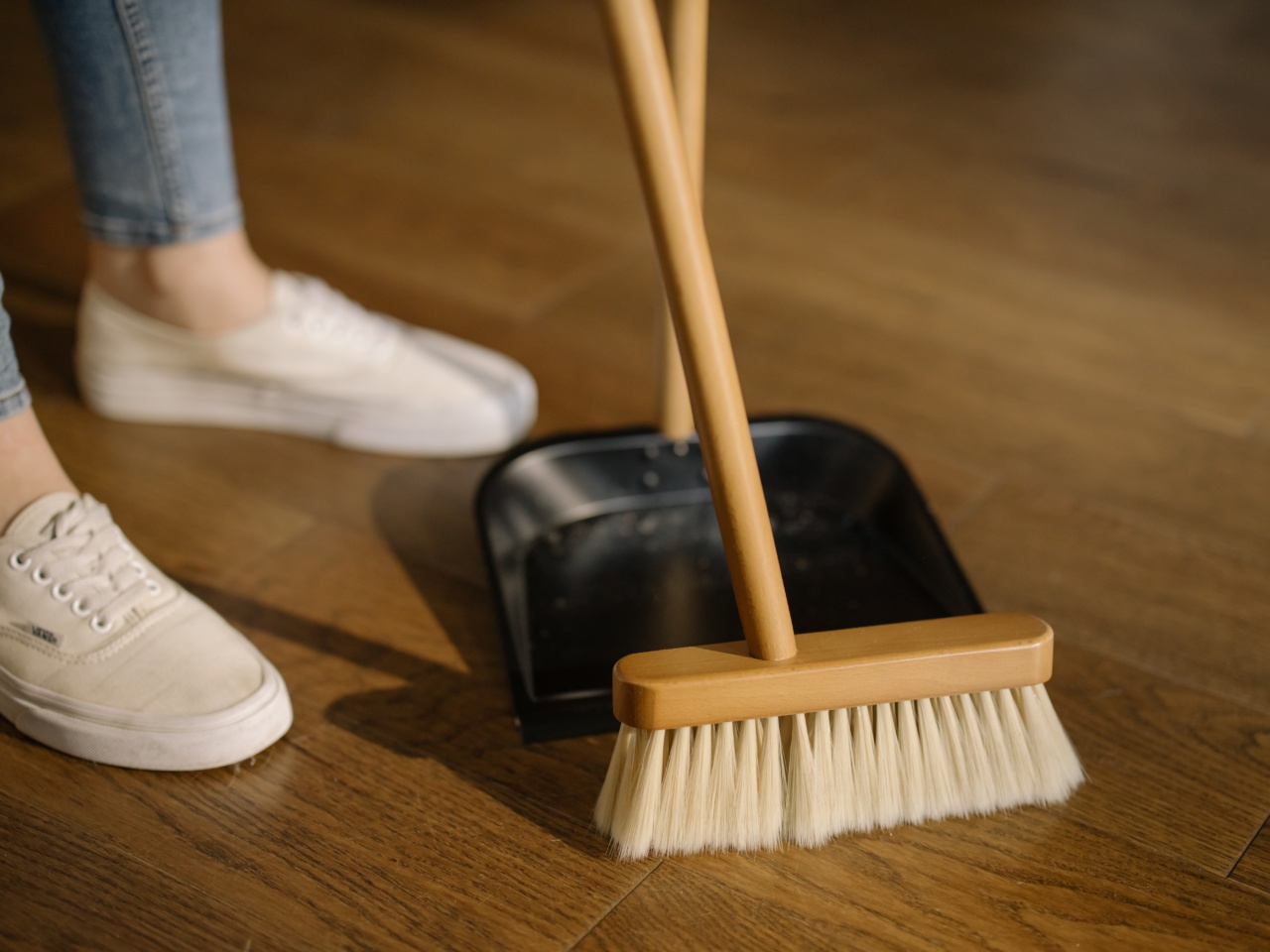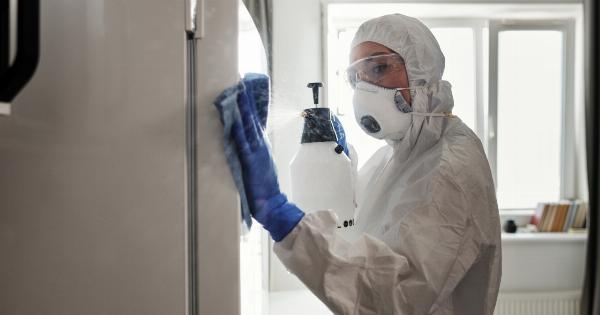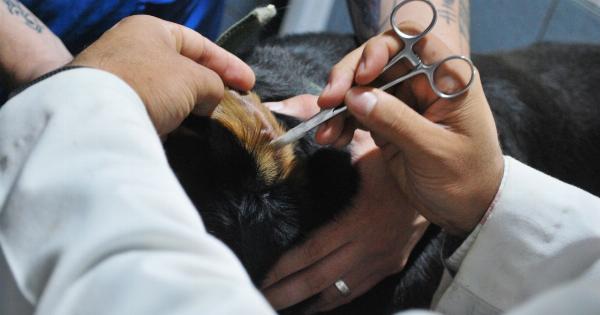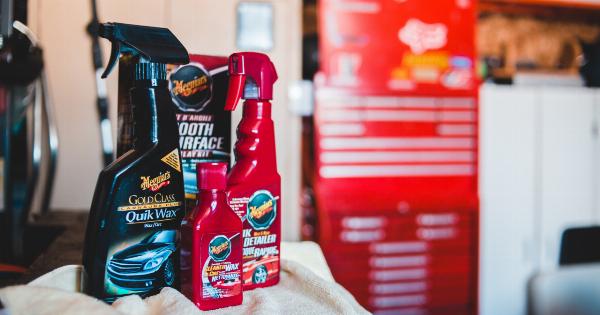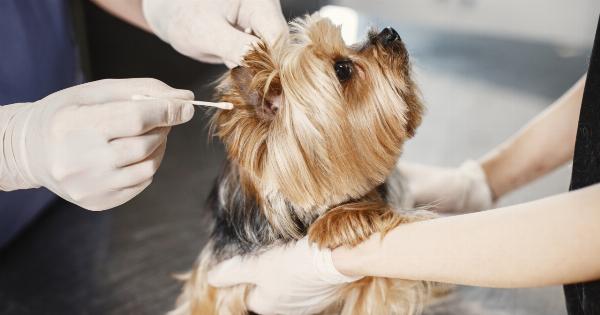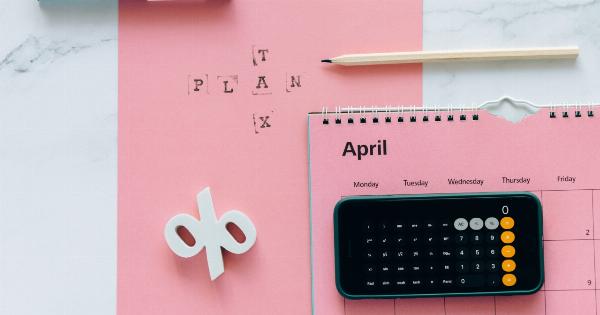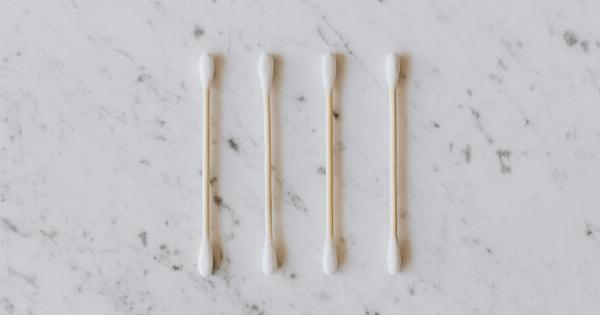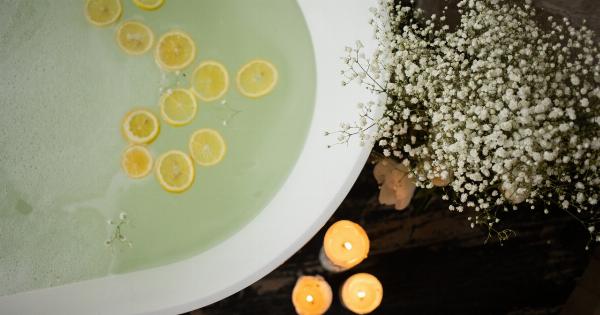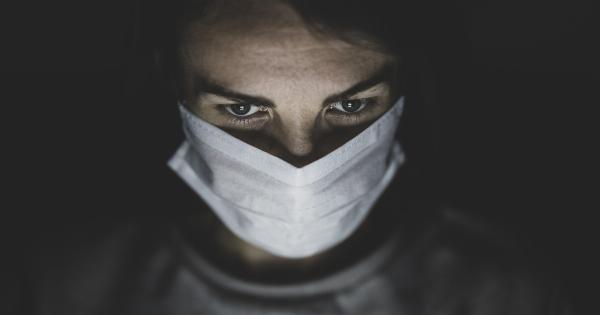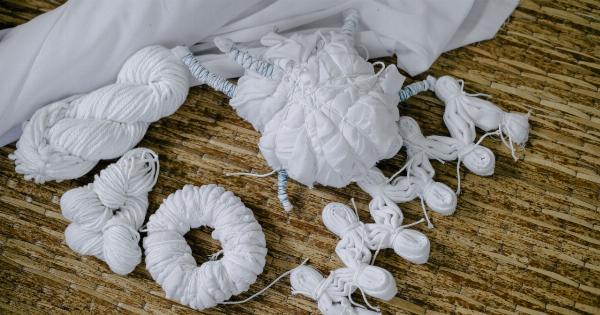Proper ear hygiene is vital in keeping your ears healthy and preventing infections or other ear problems. However, many people are unaware of the proper ways to clean their ears and end up causing damage or issues.
In this article, we will discuss three simple home techniques for keeping your ears clean and safe.
Technique #1: Cotton Swabs
Cotton swabs are a common tool used for cleaning ears, but many individuals use them incorrectly.
When using cotton swabs, it is important to remember to never insert them into your ear canal as this can push earwax deeper into the ear and cause damage to the eardrum. Instead, only clean the outer part of your ear with the cotton swab.
Another issue with cotton swabs is that they can lead to a buildup of earwax if used too frequently. Earwax is a natural substance that helps protect the ear from infection and debris, but an excessive amount can cause problems.
If you notice a buildup of earwax or are prone to excessive earwax production, it is recommended to use ear drops to help soften and remove the wax.
Technique #2: Warm Water Rinse
A warm water rinse is a simple yet effective way to clean your ears. Start by filling a clean syringe or bulb syringe with warm water. Tilt your head to one side and gently squirt the warm water into your ear canal.
Allow the water to sit in your ear for a few seconds before tilting your head to the opposite side to allow the water to drain out. Repeat on the other ear.
It is important to use warm water, as using cold or hot water can cause discomfort or pain in the ear. Additionally, do not use too much pressure when squirting the water into your ear as this can cause damage to the eardrum.
Oil Drops: Technique #3
Oil drops can help soften and remove earwax buildup and are a popular home remedy for ear hygiene. There are several types of oil drops that can be used, including olive oil, almond oil, and mineral oil.
Start by warming the oil slightly before placing a few drops into your ear canal. Allow the oil to sit in your ear for several minutes before tilting your head to the side to allow the oil to drain out. Repeat on the other ear.
It is important not to use too many oil drops, as this can cause excessive buildup in the ear. Additionally, if you have a perforated eardrum or a history of ear infections, it is recommended to speak with a healthcare provider before using oil drops.
Conclusion
Good ear hygiene is essential for maintaining ear health and preventing infections or other issues.
By using these three simple home techniques – cotton swabs for outer ear cleaning, warm water rinse for ear canal cleaning, and oil drops for earwax removal – you can keep your ears clean and safe. Remember to always use caution when cleaning your ears and speak with a healthcare provider if you are experiencing any ear-related issues or concerns.
